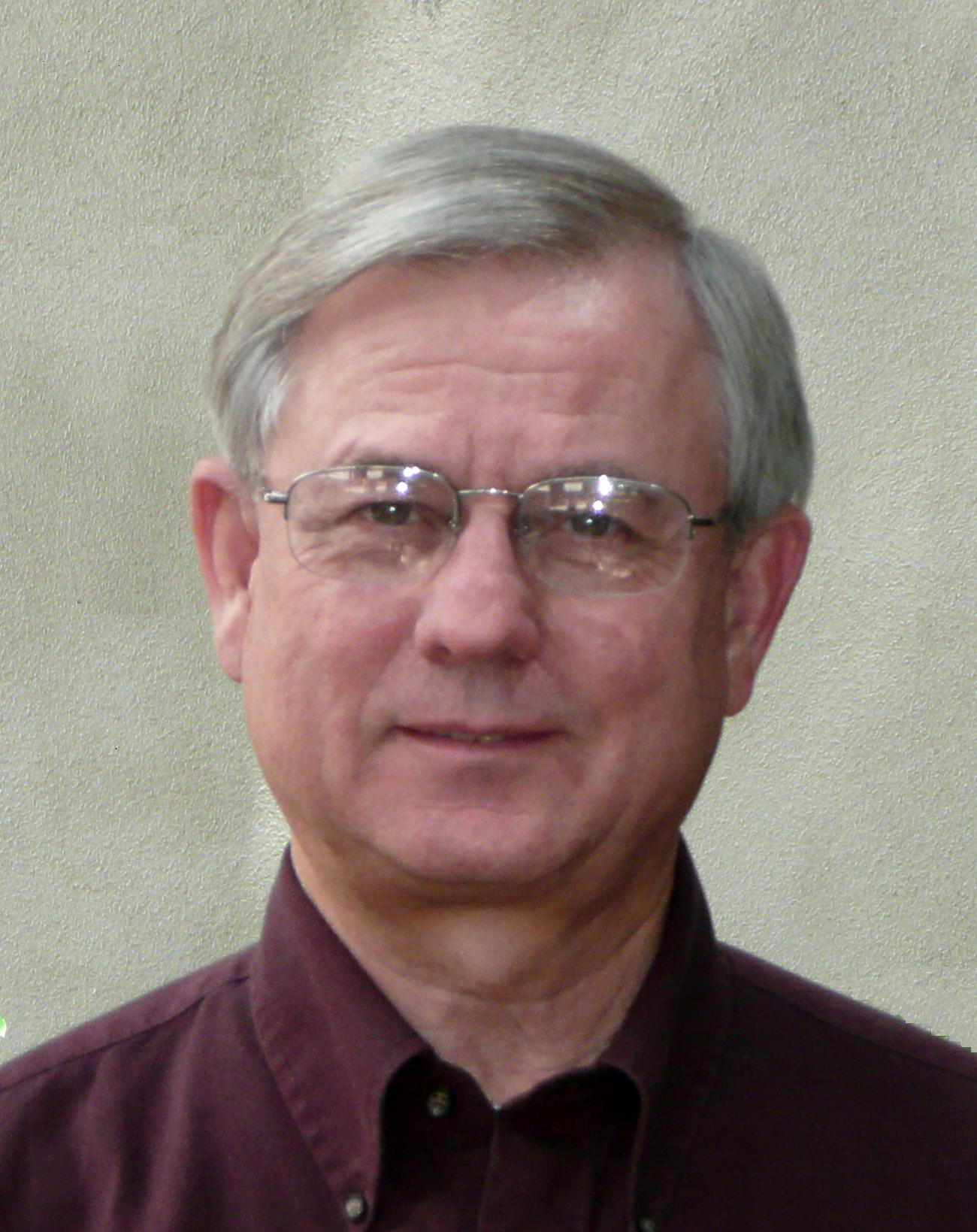June 2, 2017 - Energy Academic Group
 The Electric Grid Part II: Where to next?
The Electric Grid Part II: Where to next?
June 2, 2017
ME Lecture Hall
1300
Dr. Merwin Brown
Co-Director, Electric Grid Research California Institute for Energy and Environment University of California
Abstract
This presentation is the second part of a two-part lecture that will examine today’s electric grid. It will highlight significant events and trends in the electric industry community that over the last 5 decades exerted a compounding influence of growing complexities and uncertainties for our electric institutions, and their infrastructure and its operation. The “smart grid” has become a must for keeping the lights on and electricity prices in check for the early 21st century. The reasons have their roots in trends that started in the 1960s in the electricity industry, largely driven by energy-related public policies responding to changing circumstances in the environment, economics, fuel supplies, technologies and electricity usage practices. By the end of the 20th century, the way in which electric systems were planned, owned, built, operated, regulated, used, and bought and paid for would never be the same. The 21st century electric grid owner, operator, planner and regulator face growing uncertainty, complexity, inadequacy, conflict, and the need for flexibility, robustness, real-time situation awareness, probabilistic forecasting, and rapid response. No longer can the grid planners and owners “build” their way out of these problems using traditional wires, towers and power plants alone. New technologies will be needed to make grid planning, permitting, building, and operating easier and less costly, especially technologies that make the grid smarter. The choice in the late 19th century of the alternating current (AC) electric grid, which was promoted by Westinghouse and Tesla and became the grid of the 20th century (instead of the direct current (DC) grid championed by Edison) was enabled by the emerging electric transformer technology. Similarly, the emergence of electronic technology today, fortuitously about the time the problematic trends began for the 20th century grid, is enabling the type of smart grid needed for the 21st century.
Biography
Dr. Merwin Brown, is Co-Director of Electric Grid Research (EGR) for the California Institute for Energy and Environment (CIEE), University of California. EGR conducts technology research to modernize electric grids for implementing California’s environmental policies.
Dr. Brown’s comprehensive knowledge of electric utilities and of new and emerging utility technologies is derived from over 45 years of experience with firms such as Pacific Gas and Electric Company, Arizona Public Service, Pacific Northwest National Laboratory, and the National Renewable Energy Laboratory, Gas Cooled Reactor Associates. He has managed private and public-interest technology R&D programs valued at up to $50 million per year with groups as large as 100 scientists and engineers. He has managed individual R&D projects as large as $20 million. He is an internationally known researcher on issues related to the electricity grid. On behalf of CIEE's Electric Grid program he was featured on "Work with Marty Nemko", the National Public Radio program now in its 25th year. Marty and Merwin engaged in a lively discussion of trends in the energy field and their impact on those looking for careers or jobs in the field.
Dr. Brown has extensive training and experience as a utility business planner, in strategic business planning, and has held advisory positions for many electricity industry organizations. He is a member of the US Department of Energy Advisory Committee (in 3rd term) providing DOE advice concerning critical issues in defining strategy on the long-range planning and priorities for the modernization of the Nation's electricity delivery infrastructure. He will continue to serve as the chairman of the DOE EAC Energy Storage subcommittee, and on its Leadership Team, Smart Grid subcommittee, and Grid Modernization Initiative working group. He has served as an Arizona Solar Energy Commissioner, on the Board of the American Council for an Energy Efficiency Economy, and with groups from the Electric Power Research Institute and the National Renewable Energy Laboratory.
He has numerous technical publications and presentations to his credit, and holds B.S. and Ph.D. degrees in nuclear engineering from Kansas State University.
POC
Dr. Daniel A. Nussbaum
Naval Postgraduate School
Principal, Energy Academic Group
Monterey CA 93943
Phone: 831-656-2387
Mobile: 831-324-3228
Email: dnussbaum@nps.edu

